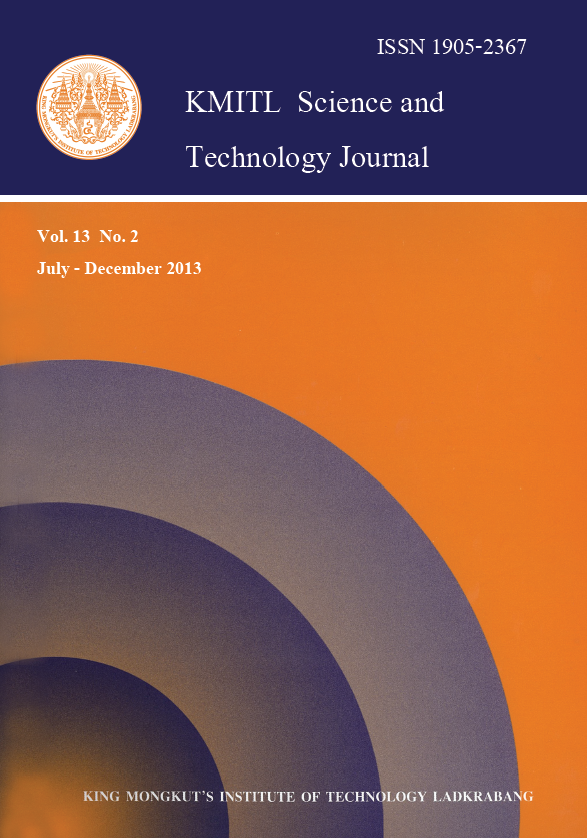The purpose of this study was to investigate the maximum annual revenue of regeneration process of spent activated carbon obtained from petrochemical industries, economic feasibility of the project, and the sensitivity analysis of parameters in optimization model. The regeneration process mainly arises from the direct sales of regenerated spent activated carbon and the purchase of fresh activated carbon for nonregenerable activated carbon. The maximum revenue of regeneration process of 24,951,673 baht per annum was used to estimate economic indicators. The values of ROI, NPV, and SPP were 15.20%, 90,233,640.98 baht, and 6.58 years, respectively. It was suggested a profitable regeneration plant. Moreover, amongst these three parameters the selling price of activated carbon was the most sensitive while the variable cost of regeneration process was the least sensitive to the NPV.
Keywords: Regeneration plant, Spent activated carbon, Economic feasibility, Revenue optimization, Sensitivity analysis
Email: swanwisa@engr.tu.ac.th
Skolpap*, W. ., & Theerakulwanich, S. . (2018). Economic Feasibility of Regeneration Plant of Spent Activated Carbon. CURRENT APPLIED SCIENCE AND TECHNOLOGY, 62-66.

https://cast.kmitl.ac.th/articles/135430